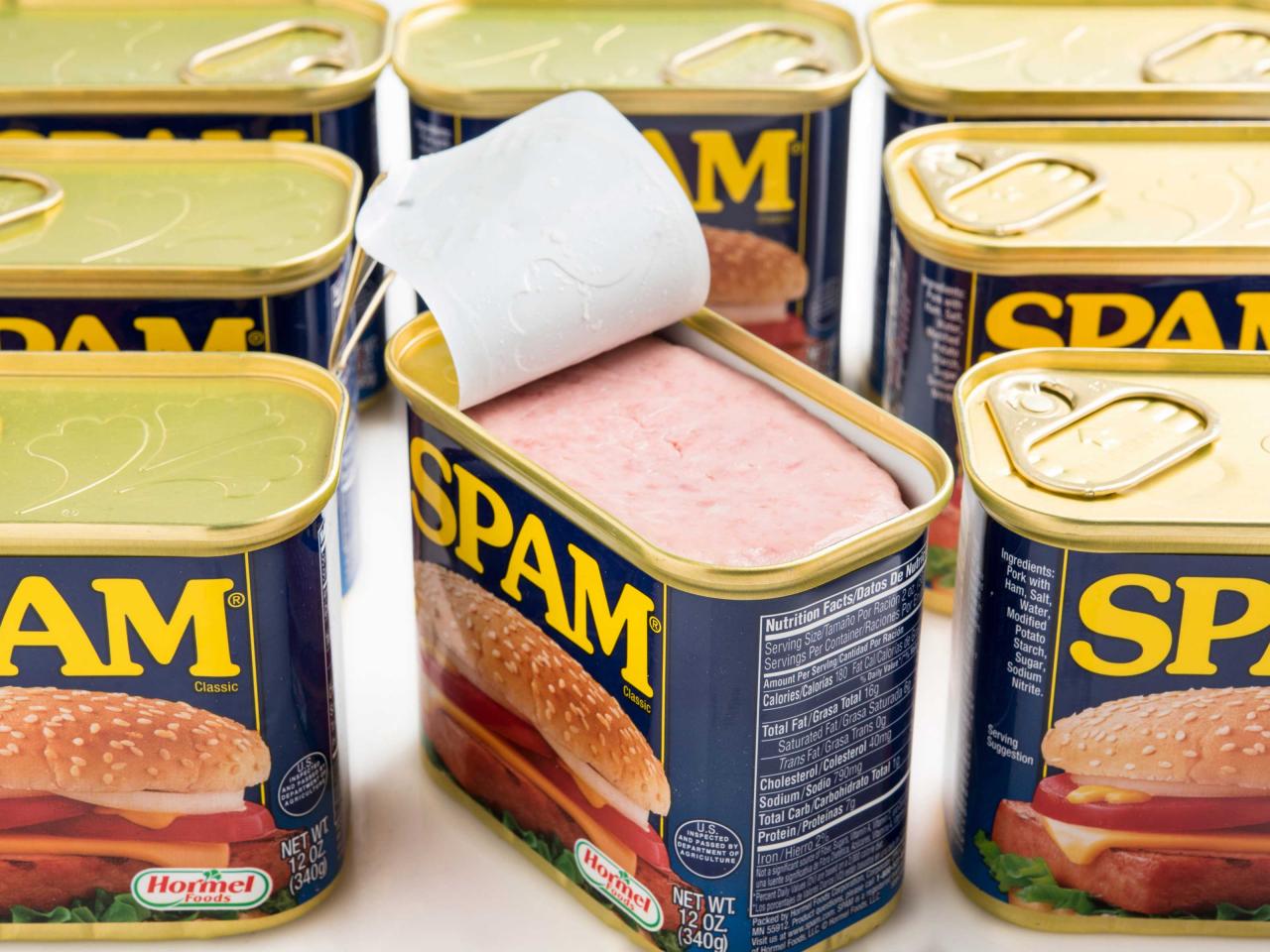The electronic version of junk mail or salty meat in a can spam

The Electronic Version of Junk Mail or Salty Meat in a Can: Spam

Spam is a word that holds different meanings for different people. While some may associate it with unsolicited emails flooding their inbox, others may think of it as a popular canned meat product. In this article, we will explore the intriguing origins of spam, discuss its electronic counterpart, and shed light on its cultural significance.
The Origins of Spam

Spam, the canned meat product, made its debut in 1937 when it was introduced by the Hormel Foods Corporation. Despite its humble beginnings during the Great Depression, spam quickly gained popularity due to its affordability, long shelf life, and versatility in various recipes. It became a staple food for many households around the world, particularly during World War II when fresh meat was scarce.
The Electronic Version of Spam: Junk Mail
Fast forward to the digital age, and we encounter another form of spam: junk mail. In the virtual realm, spam refers to unsolicited messages sent en masse to numerous email accounts. These messages often promote dubious products, services, or fraudulent schemes. Spam emails can be a nuisance, cluttering our inboxes and potentially exposing us to phishing attempts or malware.
Search engines and email providers constantly refine their algorithms to identify and filter out spam, protecting users from their unwelcome intrusion. However, the creators of these unsolicited messages continually adapt their strategies, making the battle against spam an ongoing challenge.
The Cultural Significance of Spam
Beyond its culinary and electronic associations, spam has also gained cultural significance. In Hawaii, spam has a devoted following and has become an iconic element of local cuisine. Spam musubi, a sushi-like dish consisting of a slice of spam on top of a block of rice wrapped in seaweed, is a popular snack enjoyed by both locals and visitors alike.
Moreover, spam has made its mark in popular culture, inspiring memes, songs, and even a Broadway play. Its name has become synonymous with unwanted or irrelevant content. Whether it is the subject of internet humor or a source of culinary delight, spam continues to transcend its original meanings and find its way into various aspects of our lives.
As we navigate the digital landscape, it is important to be vigilant against spam and exercise caution when interacting with unsolicited messages. With advancements in technology and increased awareness, we can hope for better protection against spam and a more spam-free online experience.
Sources: HuffPost - Spam Musubi
Tags
Share
Related Posts
Quick Links
Legal Stuff

